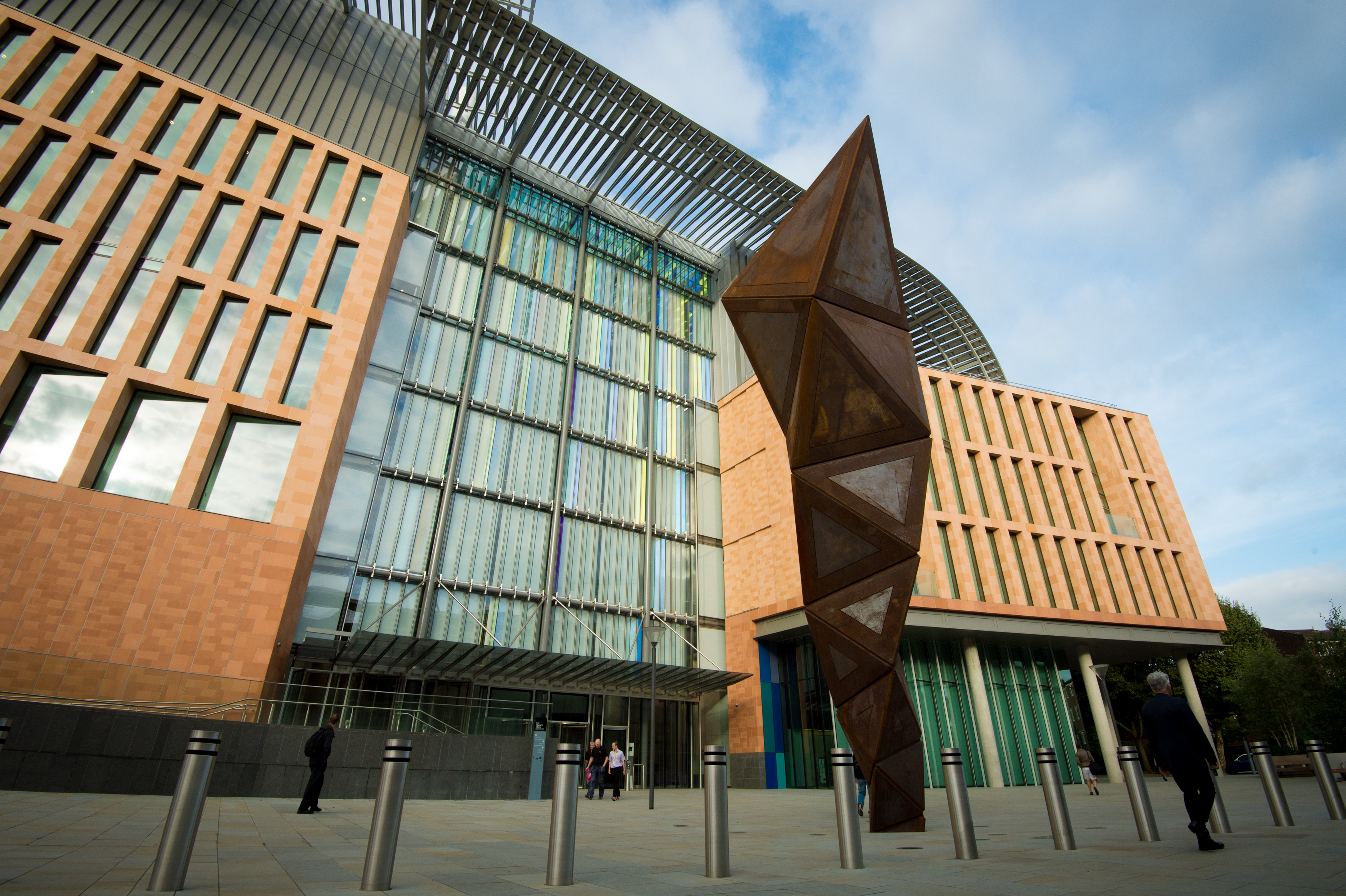| Influenza 2018: Centenary of the 1918 Pandemic | ||||||
|
|
OVERVIEW The year 2018 will mark 100 years since the devastating influenza pandemic of 1918-1919 which resulted in the death of an estimated 50 million people. The influenza virus had not been identified at the time and it was uncertain whether influenza was a bacterial or viral infection. It was in the animal houses located at Mill Hill that in 1933 Andrewes, Laidlaw and Smith of the MRC National Institute for Medical Research first identified and propagated the human influenza virus from ferret to ferret. Much has been learned in the intervening years about the viruses, their ecology and evolution, the basis of pathogenesis and immunity to infection and clinical management of severe disease, but the world is still relatively impotent in the face of a pandemic of equivalent severity or recent emerging threats, whether from influenza H5N1 or H7N9 viruses, MERS Coronavirus or Ebola. While technological advance has allowed the reconstruction of the 1918 virus, vaccines in use today have advanced little over the past 70 years and still rely for their efficacy on annual vaccination against the latest antigenic variant. Structure-based design led to the most widely used antiviral targeting the NA, but its effectiveness is constantly threatened by the emergence of resistance. The 2-day symposium to mark this centenary will be held at the Francis Crick Institute, London on 24 – 26 June 2018, and is being co-organised with the International Society for Influenza and other Respiratory Virus Diseases (ISIRV). The programme will trace the development of current understanding of the nature of the viruses, the mechanisms of infection, virus replication and host (immune) responses, and the complex interplay between virus and host in pathogenesis and spread of disease. What are the prospects for developing a ‘universal’ vaccine and more effective antivirals? |
|||||



